Organic/Safe-for-Wildlife lawn food or fertiliser advice, please?
trevorbiggins61
last year
Featured Answer
Comments (6)
John D Zn6a PIT Pa
last yearRelated Discussions
Organic fertilizers for containers?
Comments (13)I always want to agree with gardengal but I seldom do. This time I DO! I had a Meyer lemon in a pot for years and finally pulled it out this past fall. When we got the tree it was blooming and had been cared for with synthetic palm tree fertilizer (I knew the former owner). I pretty much ignored it until 2002 when I went organic with everything. At first I only used corn meal on it. When I finally applied alfalfa, the tree grew 6 inches in every direction within 30 days. I think the tree/soil combination had a lot of pent up energy that was released with the alfalfa. I gave it a heaping handful of either corn or alfalfa every month that I remembered. That was probably about 6 times a year. We always got hundreds of blooms and about 6-12 fruit. Growing a citrus in a pot is hard because they like more of a consistent moisture level than I was able to keep up with. My schedule takes me away from home for weeks at a time, so it had to go into the ground. I also had 15 African violets that I kept organically. I got them for $0.50 each from Wal-Mart long after the season. They were outside in winter being watered daily. Needless to say they were in awful shape. Three died almost before I got them home but the other 12 recovered nicely. Two of them bloomed but again, my job changed and I was not able to pay attention to them. But I was able to do things to them that the African violet mafia would cringe at. Well, they would have simply passed up anything from Wal-Mart to begin with, but it made a great experiment for organics. My conclusion after that experiment was that by fertilizing with milk, the violets became bullet proof. They never got a fungal disease, leaves did not drop from stress, leaves did not discolor from water spots, or any of the other common violet problems....See MoreRoundup got sprayed on my organic garden.. need advice
Comments (54)janice, this is an old thread, and you may well find some good info on it, but since you need help fast I'd suggest you start a brand new thread and post your photos and your text above on it. That will get people's attention and hopefully get you some help fast. For the dog I'd suggest calling your vet asap. So sorry this has happened! And I hope that you'll get some good answers soon from folks who know about these things....See MoreDiatomaceous Earth & Organic Bug Control...Some precautions...
Comments (21)Ada, Thanks for the vet info. I found my Natural Remedies for Dogs book and wante to list a few options. They also tlk about garlic as a supplement, but I would be careful with the garlic, because I have read many times that garlic as well as onions are not good for dogs. Anyone who reads this PLEASE do not ever give your dogs raisins or grapes, thats the worst thing for them, far more poisonous for them than chocolate. I found that out the hard way, gave my little Boston Terrier some grapes, I almost lost her. This vet also recommends the beneifical nematodes outside, and DE. Here are some of the products and phone numbers, I searched and found that you can order them on the net. Cloud Nine herbal dip by Halo (800)-426-4256, this one I found on bizrate.com and a few other sites, it was more affordable. Quantum Herbal Products by Earth Animal, they have a website, (800)-348-0398. Flee Free, a liquid flower essence remedy byGreen Hope Farms (603)469-3662. www.greenhopeessences.com cost $9. One of those had the cedar oil it, don't remember which one. I'll have to check out that other health food store if I ever go to Norman again. My DH and kids hate when I go into the Health Food Center, they usually end up just following me in for some reason. lol. It's like a health food mall compared to any other store. Dawn, I am addicted to the laptop too. Both of our laptops are fairly new, I don't know what I did to mine, DH blames me everytime one of them stops working. By the way what does D stand for in DH? I just started typing it, and assume it could be a good word or a bad word, depending on the issue? hehe. Do you know of a natural remedy for keeping flies and mosquitos off of horses. I found a citronella spray but it also had pyrethrins in it, and I think I remember you saying that the pyrethrins and permrethrins were both toxic?...See MoreRainforest plants and fertilisers
Comments (36)Experimentation is fine if it is based on understanding the peculiar aspects of what ever plant we are dealing with. When it comes to Australian native Proteaceae plants there are unique considerations that need to be taken into account. Once we have an understanding of these characteristics then by all means we can take advantage of them. Experimenting blindly is not nearly as constructive. Australian Proteaceae plants are sensitive to Phosphorous to varying degrees. BUT it all makes sense if we are aware of what their original environment was. Proteaceae from the skeletal sandstone soils that have always been very low in nutrients, especially phosphorous, have over thousands of years, developed special adaptions known as proteiod roots. They are noticeably different. (I shall spare you further details about Proteiod roots, but a Google might give you more.) Plants developed these in order to maximise the surface root area so they can absorb the scarce nutrients that may be present in these sandstone derived soils. However in the more nutrient rich rainforest zones it is quite possible that Proteaceae are more tolerant of nutrients and maybe even Phosphorous. I always err on the side of avoiding common fertilisers with high rates of phosphorous. Even chook poo can cause problems, although I do give my rainforest plants a dose of Dynamic Lifter once a year. For example, I find Banksia ericifolia to be very sensitive while some Grevilleas are a bit more tolerant. As for your last remark Nathan I assume it is a joke. Anyone being wrong, should not inferr anyone is not wanted....See Moregardengal48 (PNW Z8/9)
last yearJohn D Zn6a PIT Pa
last yearfloral_uk z.8/9 SW UK
last yearJohn D Zn6a PIT Pa
last year
Related Stories

GARDENING GUIDES8 Sustainable, Organic Practices for Greener Lawn Care
Ditch the pesticides and fertilizers and adopt eco-friendly practices that will keep your lawn lush and healthy
Full Story
GARDENING GUIDESHow to Switch to an Organic Landscape Plan
Ditch the chemicals for a naturally beautiful lawn and garden, using living fertilizers and other nontoxic treatments
Full Story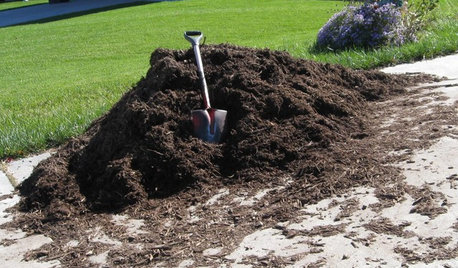
FRONT YARD IDEASBefore and After: Front Lawn to Prairie Garden
How they did it: Homeowners create a plan, stick to it and keep the neighbors (and wildlife) in mind
Full Story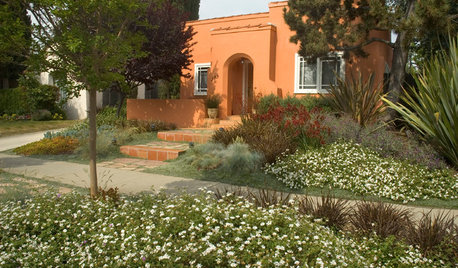
GREAT HOME PROJECTSHow to Replace Your Lawn With a Garden
New project for a new year: Lose the turfgrass for energy savings, wildlife friendliness and lower maintenance
Full Story
LANDSCAPE DESIGN7 Landscape Design Ideas to Replace a Traditional Lawn
Consider a design that will welcome wildlife, require less maintenance, encourage gathering and better suit your needs
Full Story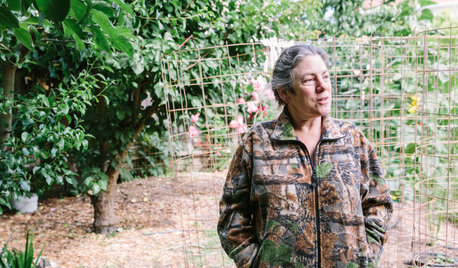
FARM YOUR YARDTo Get the Food They Believe In, These Urbanites Grow Their Own
Home gardeners farming on their city lots find that local, organic food isn’t the only reward
Full Story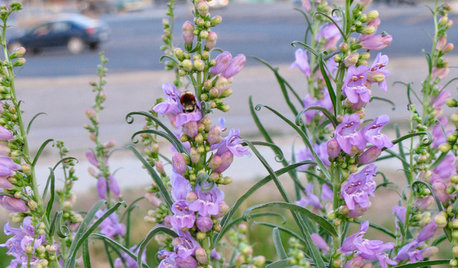
GARDENING GUIDESDoes Your Garden Welcome Wildlife Visitors With Something to Eat?
Learn which flowers and plants provide essential food for pollinators and other beneficial wildlife
Full Story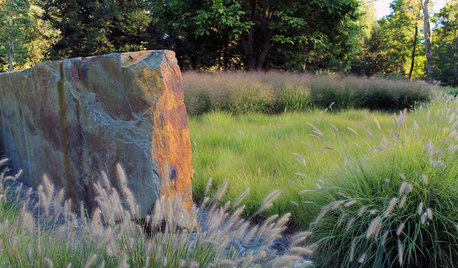
EARTH DAYThe Case for Losing the Traditional Lawn
Work less, help the environment and foster connections by just saying no to typical turf
Full Story
LANDSCAPE DESIGNFire-Wise Landscapes Can Help Keep Your Home and Property Safe
Choose fire-resistant plants and materials and create defensible areas using these design strategies
Full Story
LANDSCAPE DESIGNGet Along With Less Lawn — Ideas to Save Water and Effort
Ditch the mower and lower your water bill while creating a feast for the eyes with diverse plantings and gathering places
Full Story


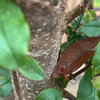

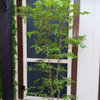
gardengal48 (PNW Z8/9)